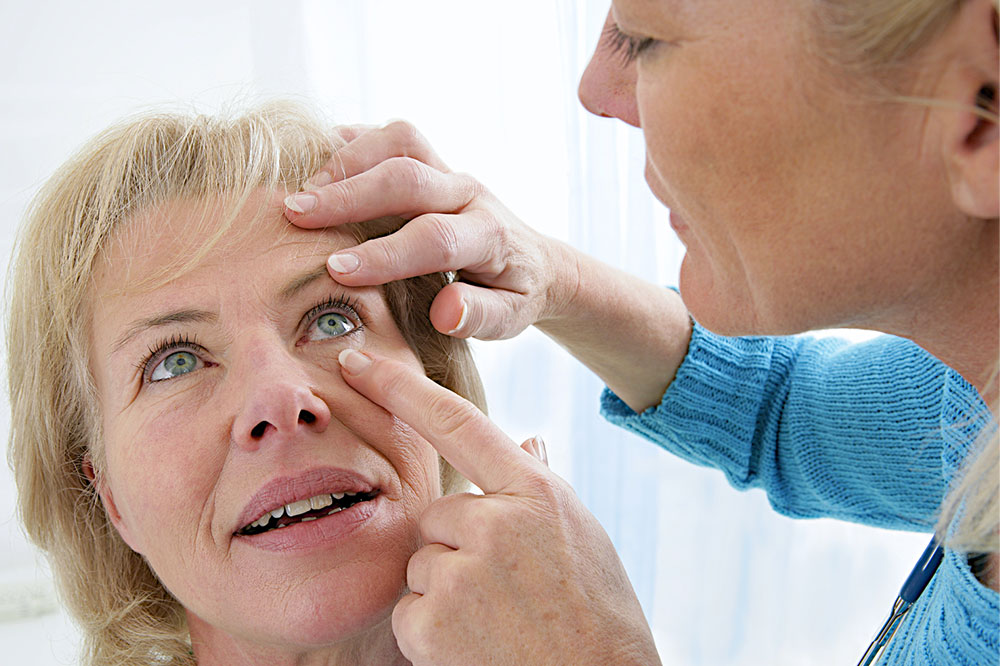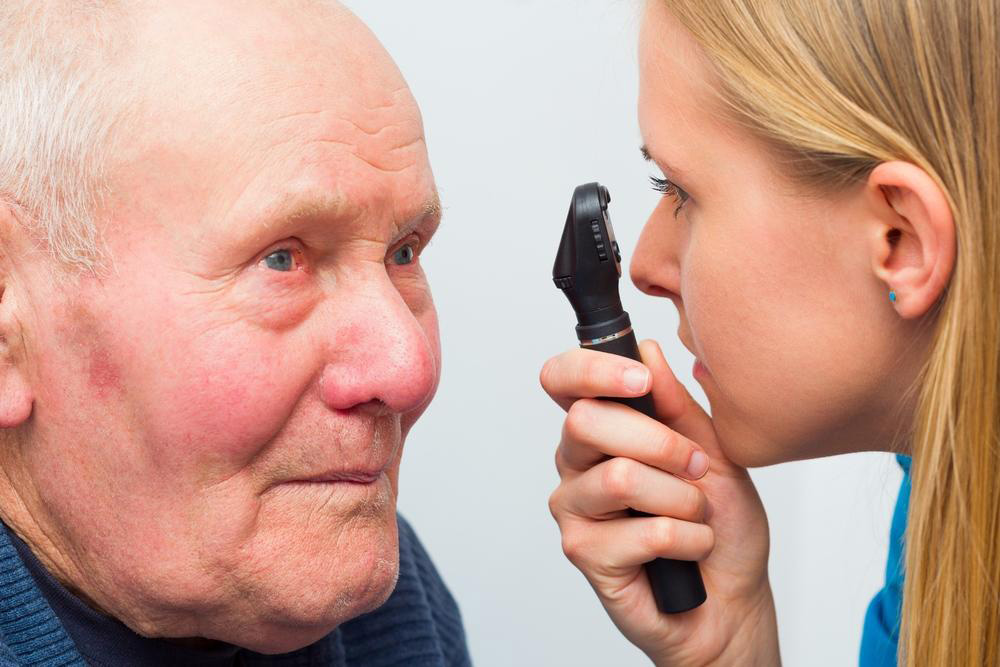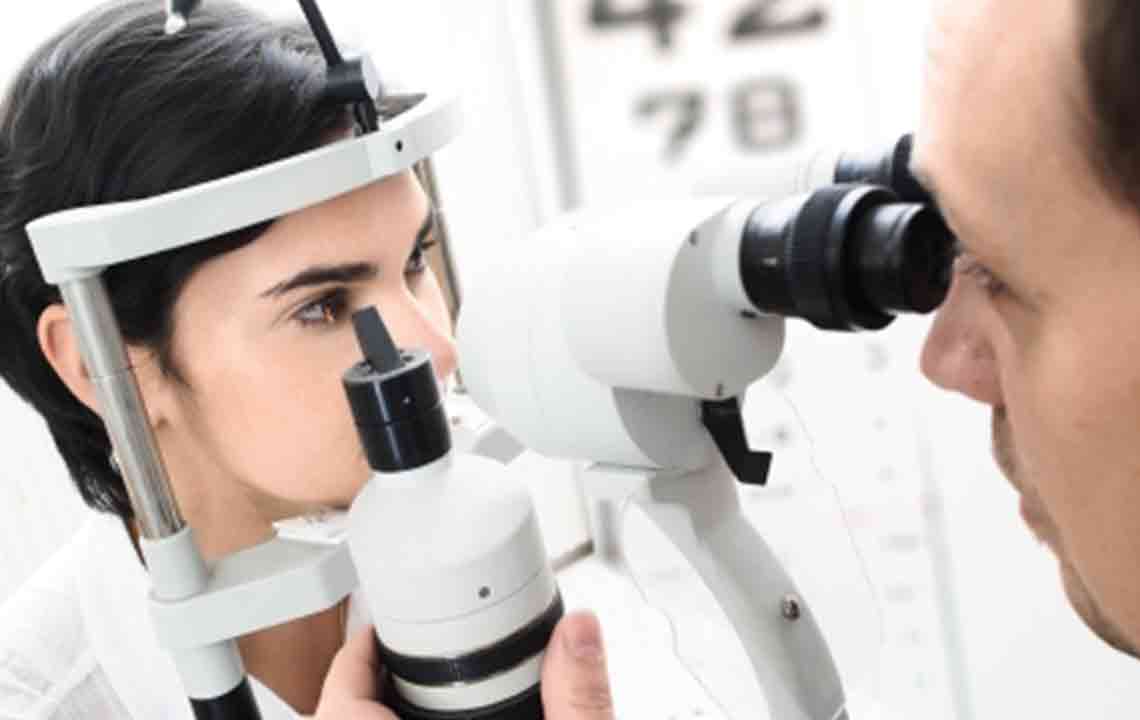Understanding Macular Degeneration: Causes, Symptoms, and Prevention
Macular degeneration impacts central vision and commonly affects older adults. This article covers causes, symptoms, treatments, and preventive strategies. Early detection and lifestyle adjustments can help manage the condition effectively, with emerging therapies promising hope for future cures.

Understanding Macular Degeneration: Causes, Symptoms, and Prevention
Macular degeneration leads to loss of central vision, primarily affecting individuals over 50. This painless eye condition, often called Age-related Macular Degeneration (AMD), can also occur in younger people due to genetic factors, known as Juvenile Macular Degeneration. It hampers the ability to see details directly ahead, making objects blurry, reading difficult, and facial recognition challenging. Colors may seem faded, and overall vision becomes compromised.
While the exact cause remains unknown, aging is a key factor. The condition manifests as dry AMD, characterized by breakdown of light-sensitive cells and accumulation of drusen, or wet AMD, where abnormal blood vessels leak fluid and blood, damaging the macula.
Causes
The precise cause of macular degeneration isn't fully understood; aging plays a significant role. The aging process causes changes in the macula, the central part of the retina, leading to AMD. It develops as either dry or wet AMD. In dry AMD, age-related deterioration of light-sensitive cells causes vision loss and deposits of drusen. Wet AMD involves abnormal blood vessels that leak, leading to scarring.
Symptoms
Blurry central vision often goes unnoticed until symptoms appear.
Faces and objects may appear distorted or blurred.
Visual acuity declines, making reading and driving difficult.
Contrast sensitivity decreases, challenging object recognition against backgrounds.
Dry AMD symptoms include hazy vision, dull colors, and difficulty seeing faces.
Wet AMD worsens vision, with blind spots and visual distortions.
Consult an eye specialist if symptoms emerge.
Risk Factors
Age and family history are significant risk factors.
Other factors include smoking, excessive sunlight exposure, ethnicity, obesity, hypertension, and heart disease.
Current Treatments
There’s no cure for AMD, but options exist to slow progression. For dry AMD, improving lighting, using magnifiers, and consuming diets rich in Vitamins A, C, and E can help. Wet AMD treatments include anti-VEGF injections and laser surgery, which aim to eliminate abnormal vessels and prevent further damage.
Emerging innovative techniques like macular translocation and lens implants offer promising results. Stem cell therapy is also under research, with current trials exploring retinal cell regeneration.
Preventive Measures
Though aging is inevitable, steps to delay AMD include quitting smoking, maintaining a balanced diet with leafy greens, wearing UV protection, and regularly checking vision with Amsler’s grid. Supplements with zinc and antioxidants may reduce risk, especially for those over 65. Early detection and routine eye exams are vital for managing and preventing severe vision loss.










